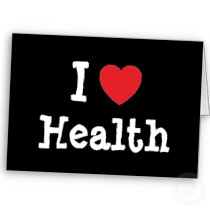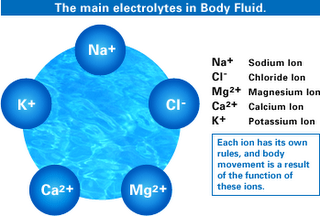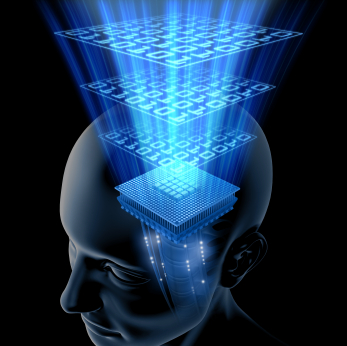History of Muscle Testing
There are some who claim that muscle testing is an ancient art. What they base this claim on I don’t know, but modern muscle testing is usually attributed to Dr. George Goodheart. Dr. Goodheart was part of a team of researchers that were studying “kinesiology”, the study of motion of the body. This involved studying the joints and muscles and how they functioned to produce the various body motions. Part of this included testing the strength of various muscle groups throughout the body. During the process of this investigation Dr. Goodheart noticed that there seemed to be a relationship with certain organs in the body and certain muscle groups. When a certain organ in the body was not functioning correctly, a certain group of muscles in the body also would not function correctly and would be weak when it was tested for strength. When the lungs for instance were malfunctioning, the deltoid muscle would go weak. Dr. Goodheart then set about tabulating which muscles correlated with which organs and developed a technique (applied kinesiology) of testing all of the major muscle groups of the body to get feedback on the state of function of the various organs. He also developed a technique called “Therapy Localization” to zero in on a suspect organ. To do this he would take the persons hand and place it over the organ in question and then test the strength of a muscle. If the person’s muscle tested weak when the person’s hand was placed over the sick organ it helped to verify that it was indeed that organ that was in need of help.
Close to this time period, Dr. Johnston, a dentist, began noticing relationships between the teeth and organ malfunction. He saw that when patients had problems associated with a certain tooth, they also had problems with a certain organ. He found that he could use a muscle to test neurological reflex points in the mouth to assess the condition of organs throughout the body. Dr. Johnston presented his findings at a Dr. Goodheart kinesiology seminar that was attended by a chiropractor from Holland, Michigan named Richard Versandaal. Dr. Versandaal was very sick with stomach trouble at the time and had received no help from any doctor. Dr. Johnston tested his mouth and found and corrected the source of his problem.
Dr. Versandaal became very excited and started testing his patients mouths the way that Dr. Johnston did. He could never produce quite the results that Dr. Johnston did however. It occurred to Dr. Versandaal that if there were neurological reflexes in the mouth there must be reflexes elsewhere on the body. Using kinesiology methods he located points throughout the body that correlated with organ function that could be tested using a muscle strength test. He compared these points with known conditions that his patients had and worked with a clinical nutritionist, (Harry Eidenier Sr., C.N.) a medical doctor (Peter Northone M.D.) a dentist (Ed Hartman, DDS) and a hematologist (Walleed Karachy) and performed thousand of tests to objectively verify the accuracy of these reflex points. Dr. Versandaal’s system of using a muscle to test the neurological points of the body became known as Contact Reflex Analysis. Dr. Versandaal also developed a system of prescribing nutritional products to correct the malfunctions that were apparent upon muscle testing analysis.
From Dr. Versandaal’s work several other techniques evolved including the technique that I now use termed Cause Point Correlative Testing. Cause Point Correlative Testing took Dr. Versandaal’s work and expanded on it by applying the principle of blocking and releasing reflexes to determine how the condition developed in order to get a more complete picture. In other words what happened physiologically that preceded the present condition and allowed it to develop. By doing so the condition could be understood better and the nutrition could be made more specific to the individual for better results with less supplements. The use of nutritional protocols alone, without the specificity of Cause Point Correlative Testing often results in programs where the amount of supplements that a person has to take everyday becomes quite daunting. Cause Point Correlative Testing also classified the basic causes of disease and restructured the sequencing of the testing procedure to reflect a more logical approach. Most patients leave feeling that they have a much more complete picture of what is wrong and what needs to be done nutritionally to handle the problem.
Cause Point Correlative Testing uses whole food supplements and herbs to provide the exact help that the body needs to heal and function normally again. These are not like the supplements from the drug store or health food store. Most all of these store products are made in a laboratory and lack the vital enzymes and biologic vitality that is found in real foods and real vitamins. By giving the body exactly what it needs, often the body can produce the natural chemicals that drugs are trying to copy synthetically. They also allow the body to heal the things that are keeping the body from producing these natural chemicals and in so doing actually handle the cause of ill health and restore it. Nutritional Muscle Testing has stood the test of time. It has been around for over 40 years and passes the only test that really matters. It works. It works consistently and effectively and often handles conditions that nothing else will. Though it is not a cure-all (not everyone is a nutritional case), patients are constantly amazed that exact precise nutrition can produce such astonishing results when all else has failed.
If you or someone you know would like a quick, accurate way to determine what is wrong with your body, to determine it’s general state of health or just to make sure that you are getting the nutrients that you need to stay healthy call (260) 459-6160 (Ft. Wayne) or (773) 929-3964 (Chicago) for an appointment. Never under estimate the power of nature.











